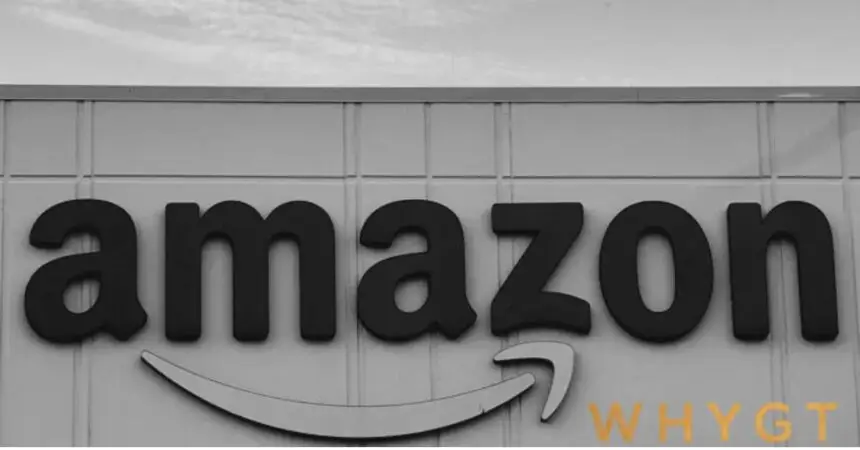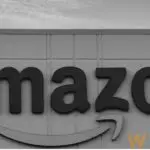Last week, I placed a late-night Amazon haul order mostly stuff I didn’t need, but told myself I did. Classic. When I checked out, I noticed something different: a line item labeled “Tariff cost” popped up right above the shipping section.
Wait… what?
Turns out, Amazon is starting to display tariffs right on the product page and at checkout, a move that’s already making waves across the retail world.
What Did Amazon Do?
Here’s the gist: In a recent Amazon announcement, the company confirmed it would start showing tariff-related costs on select product listings. This means the Amazon tariff price previously hidden in the total will now be clear for buyers to see.
According to the Amazon tariff cost report that dropped last Thursday, this change is being rolled out gradually. But some shoppers are already spotting the difference, especially on imported electronics, home gadgets, and trendy fast-fashion items.
Why Now?
The announcement follows pressure from multiple angles. On one side, buyers have been wondering why prices on Amazon creep up during checkout. On the other, lawmakers like Karoline Leavitt, the new press secretary for the Trump-aligned political coalition, have been calling for more transparency in Amazon pricing including how tariffs are factored in.
Whether you support that move or not, it pushed Amazon to act.
And yeah, it’s big enough to be Amazon news today.
Behind the Price Tag
Most shoppers don’t think about tariffs when they scroll through a hairstyling gadget haul or grab last-minute birthday gifts. But if that curling iron or Bluetooth speaker is imported from China (and most are), it’s hit with a tariff an import tax that sellers usually pay upfront.
Until now, sellers would either:
Absorb that cost themselves
Raise the product price to hide it in the total
Charge more at checkout, where it’s less noticeable
Now that Amazon is showing tariffs outright, that hidden charge becomes part of the story.
Bezos, Tariffs, and the Bigger Picture
Let’s zoom out for a second. Back when Jeff Bezos was still CEO, Amazon was laser-focused on low prices and fast delivery, even if that meant staying silent about backend costs like tariffs. Fast-forward to now, and with AMZN stock under scrutiny, the company is betting that transparency might be the smarter play.
And it’s not just about buyer trust it’s about staying ahead of regulations. With Trump Amazon headlines heating up again in campaign chatter, Amazon is clearly trying to get out in front of the next round of government pressure.
What This Means for Shoppers
Here’s where it gets practical. If you’re someone who shops Amazon hauls often (guilty), this new pricing format means:
You’ll see tariff costs upfront no more surprises at checkout
You can compare items more fairly (some sellers dodge tariffs with local warehousing)
Imported products might look more expensive, even if they haven’t changed
Keep an eye on the Amazon tariffs display section on each product page. Amazon isn’t adding tariffs to everything but on goods where tariffs already exist, they’ll now be easier to spot.
And for Sellers?
Sellers, especially smaller ones, are scrambling. Many are digging through spreadsheets, updating listings, and figuring out how to stay competitive when that once-hidden Amazon tariff pricing becomes public.
One seller I spoke to runs a dropshipping business that relies on Chinese manufacturers. He’s worried that the new Amazon tariff prices might push customers away even though his costs haven’t changed.
“This isn’t just about the money,” he said. “It’s about what people think they’re being charged for.”
That perception could shift fast.
What Comes Next?
So far, the reaction has been mixed. Some buyers appreciate the honesty. Others just want the total price without all the extra breakdowns. Either way, it’s clear that Amazon showing tariffs is a shift and it may influence how other retailers handle pricing transparency, too.
If you’re watching Amazon stock, wondering what this all means for sellers, or just trying to make sense of the checkout page, it’s worth keeping an eye on the Amazon news cycle. Things are moving fast.


